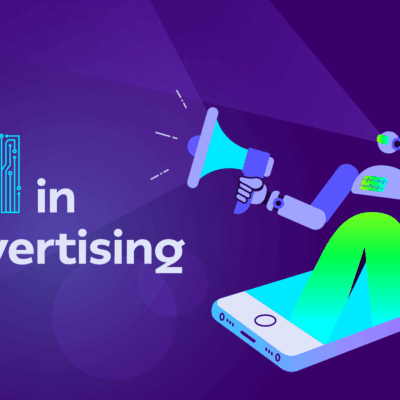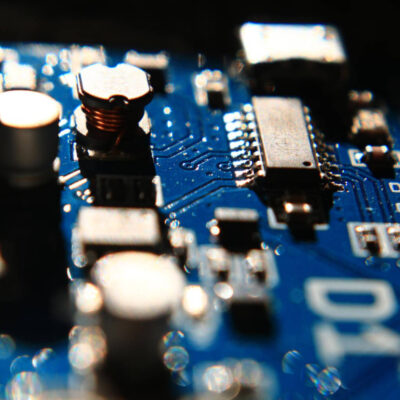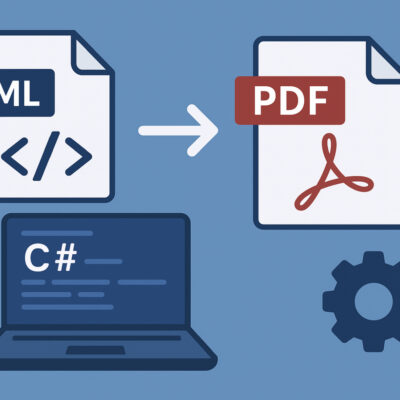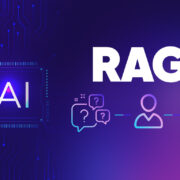As AI continues to play a larger role than ever and new security and data transfer strategies arise, the web development world seems to be poised for significant changes. In this article, we’ll shed light on the most important trends that will (re)define the industry in the upcoming months.
AI and machine learning
You couldn’t start such a list in any other way. The rapidly growing integration of AI and machine learning technologies in web dev marks a massive shift in how we approach development. And that revolution is not going to slow down.
What should we be looking out for?
- From Perplexity and ChatGPT to made-for-programmers GitHub Copilot, developers are rapidly adopting AI tools as they accelerate the code development process. Thanks to testing and debugging automatization, they free devs to focus on higher-level challenges and improve code quality.
- Machine learning as the main tool for user experience personalization. It’s already rather difficult to imagine a better way to conduct predictive analysis based on user behavioral data and online preferences than with AI’s help. And we expect it’ll contribute even more to that. For those interested in diving deeper into the practical implementation of web personalization and predictive analytics, a wide array of machine learning (ML) courses are available online to help build the skills needed for developing AI-driven solutions across all levels. These courses cover essential concepts, hands-on projects, and real-world datasets to give developers an edge as these technologies continue to shape web development.
- More use for AI in the backend: AIOps solutions have been rapidly growing recently, and for good reason; they’re invaluable for site performance monitoring and anomaly detection.
No-code/low-code approach
The AI revolution is not the only massive shift that we’re witnessing in the web development world. Another one – just as important – is the fact that everyone, from small businesses to industry leaders, seems to be embracing a no-code/low-code approach to development.
If anyone with basic programming skills can create a website with a drag-and-drop, visual-based interface, thanks to Webflow or Wix, that’s a shockwave to the industry. Sure, such platforms won’t replace traditional development – WordPress, Joomla, and Drupal couldn’t do that, either. However, the no-code revolution gives web designers a new array of possibilities for prototyping and developers – a way to streamline the more daunting tasks. And, of course, that’ll empower smaller businesses, as they can leverage these tools for maximizing ROI.
API-first development
APIs are already a cornerstone of modern web development, but it’s safe to assume they’ll play an even bigger role in the upcoming years.
We can see it right now, as an API-first approach to development – prioritizing the design of application interfaces before even getting down to the website’s code itself – seems to be more and more willingly adopted by developers. Why? It simplifies code governance, as external APIs, by definition, enforce a framework of rules that a website/an app has to comply with, one way or another. And it’s easier to do the earlier in the development process you are.
Therefore, we wouldn’t be surprised to see more and more websites/apps being developed from and around APIs instead of the “traditional” way.
Headless architecture
As we’re speaking about traditions and APIs, another trend growing in the web development world is the headless approach to content management.
Traditional content management systems treat the website’s ecosystem as a whole, being responsible for both the content and its presentation layer. Headless CMS, on the other hand, decouples the two, allowing developers full flexibility to build a website/app’s frontend with any means they deem suitable while still serving as a central hub for content creation, management, and delivery. And here’s the thing – with this approach, content is again published through APIs that connect the CMS of your choice with all the platforms you want to publish your content on: websites, mobile apps, etc.
The separation of frontend and backend results in better performance and enables faster user interface iterations without interfering with the content creation process.
Blockchain technology
Whenever someone mentions blockchain, cryptocurrencies come to mind. However, the technology has already expanded into other implementations. And it will spread even wider, as the blockchains’ immutable and decentralized architecture is considered almost foolproof when preventing unauthorized changes to the data. That means more transparent and secure record keeping, safer transactions, and less digital footprint left behind. So, nobody should be surprised if more and more data-sensitive companies (like in the financial or healthcare sectors) start to implement blockchains soon.
Serverless computing
For companies that focus on maximizing scalability, security, and cost efficiency, one of the crucial trends right now should be the surge of cloud-based hosting service providers that offer serverless computing – allowing developers to leverage the power of the cloud and run code without managing servers’ infrastructure. A service provider handles all the maintenance and administrative responsibilities, allowing developers to focus solely on the backend code of their website or application.
Such a model, implemented already by Google Cloud, Azure, and AWS, is also beneficial on the financial level – as you only pay for the consumed compute resources.
Progressive web apps (PWAs)
Finally, we have to mention progressive web applications here. One could argue that this approach to website development is nothing new, as some of the biggest brands have been on this trend since around 2016-17. But the truth is that the PWA market is booming right now like never before.
And for a good reason. PWAs effectively cross between a traditional website and a native app that you can download from the App Store or Google Play. It offers all the speed and functionality of an app… with no need to install it. And yet, it uses all the traditional web dev technologies – HTML, CSS, JavaScript – making it considerably cheaper to create than a native app.









